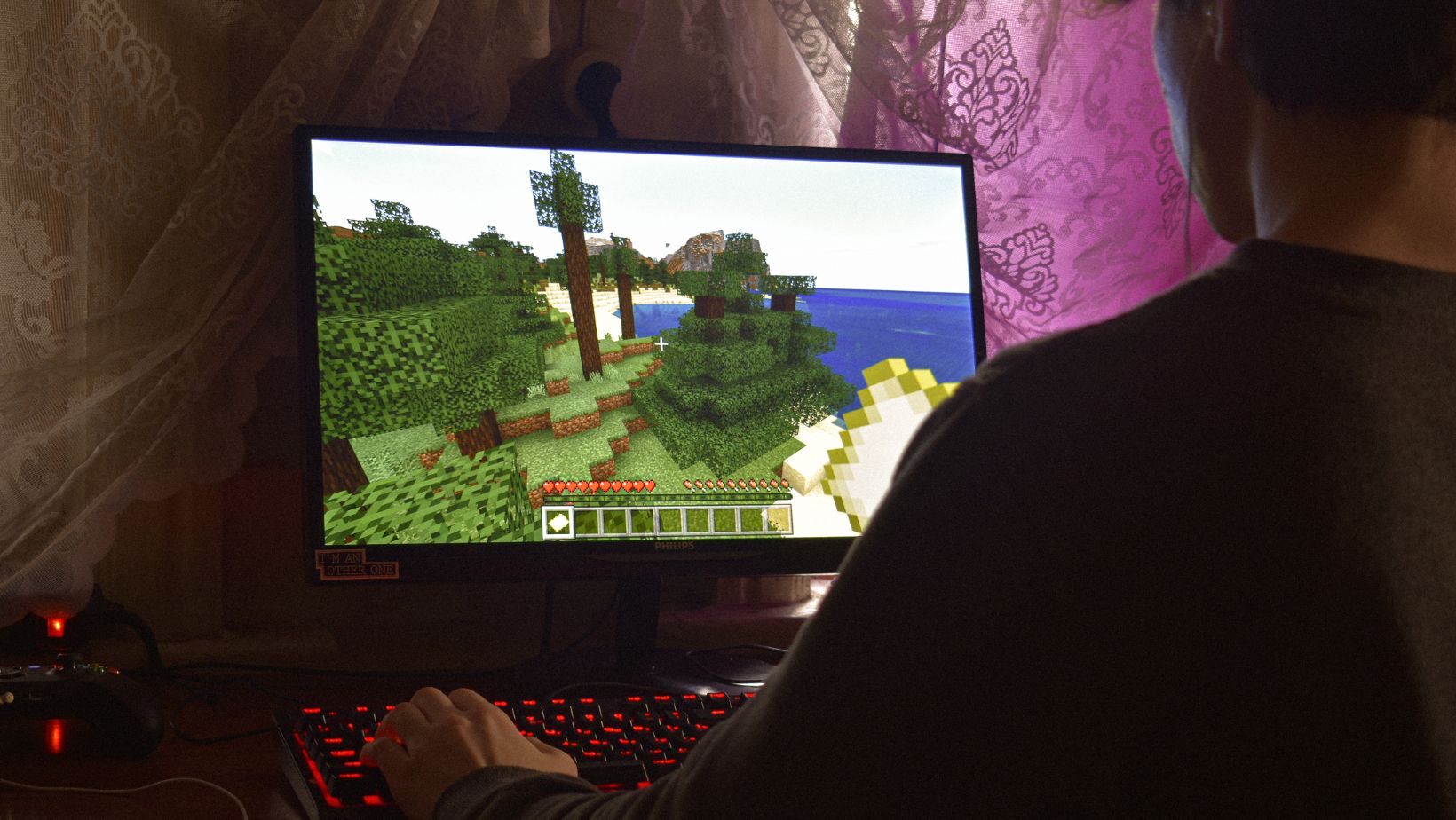Survival-focused servers thrive when they offer fair progression, active moderation, and consistent content updates—traits you’ll always find in the best modded Minecraft server experiences. First, players should feel like they’ve truly earned their progress. Packs like Vault Hunters help with this by locking powerful items behind dungeon keys, preventing speedruns that leave casual players behind. Second, look for staff who communicate updates before restarting the server; unexpected downtime can disrupt automation setups like auto-smelters. Finally, regular resets of End loot or the addition of new biomes every few months keep exploration fresh and worthwhile.
Evaluating a Candidate Server
TPS Tracker: Many servers publish real-time tick values; anything under 18 during peak hours spells mob-fight lag.
Economy Stability: If netherite costs 200 coins one day and 5 000 the next, inflation will ruin late-game trading.
Community Events: Weekly boss raids or build wars foster teamwork and lower griefing rates.
Backups & Rollbacks: Ask how often staff perform off-site backups and what the recovery time is. A server that can restore a griefed base within hours protects months of player effort.

Transparency Dashboard: Some networks expose plugin lists, uptime graphs, and ban appeals statistics. Openness about tooling and decisions signals long-term stewardship.
Player Retention: Glance at /list during different time zones. A healthy survival server keeps a baseline of regulars instead of spiky launch-week peaks followed by silence.
Red Flags
Pay-to-win crates, unannounced admin item spawning, and ignored bug reports indicate short lifespans. The best modded minecraft servers survive multiple world resets because players trust fair play. Sudden permission wipes, disappearing staff, or disabled logging plugins are further signs to pack your shulker boxes and move on.

